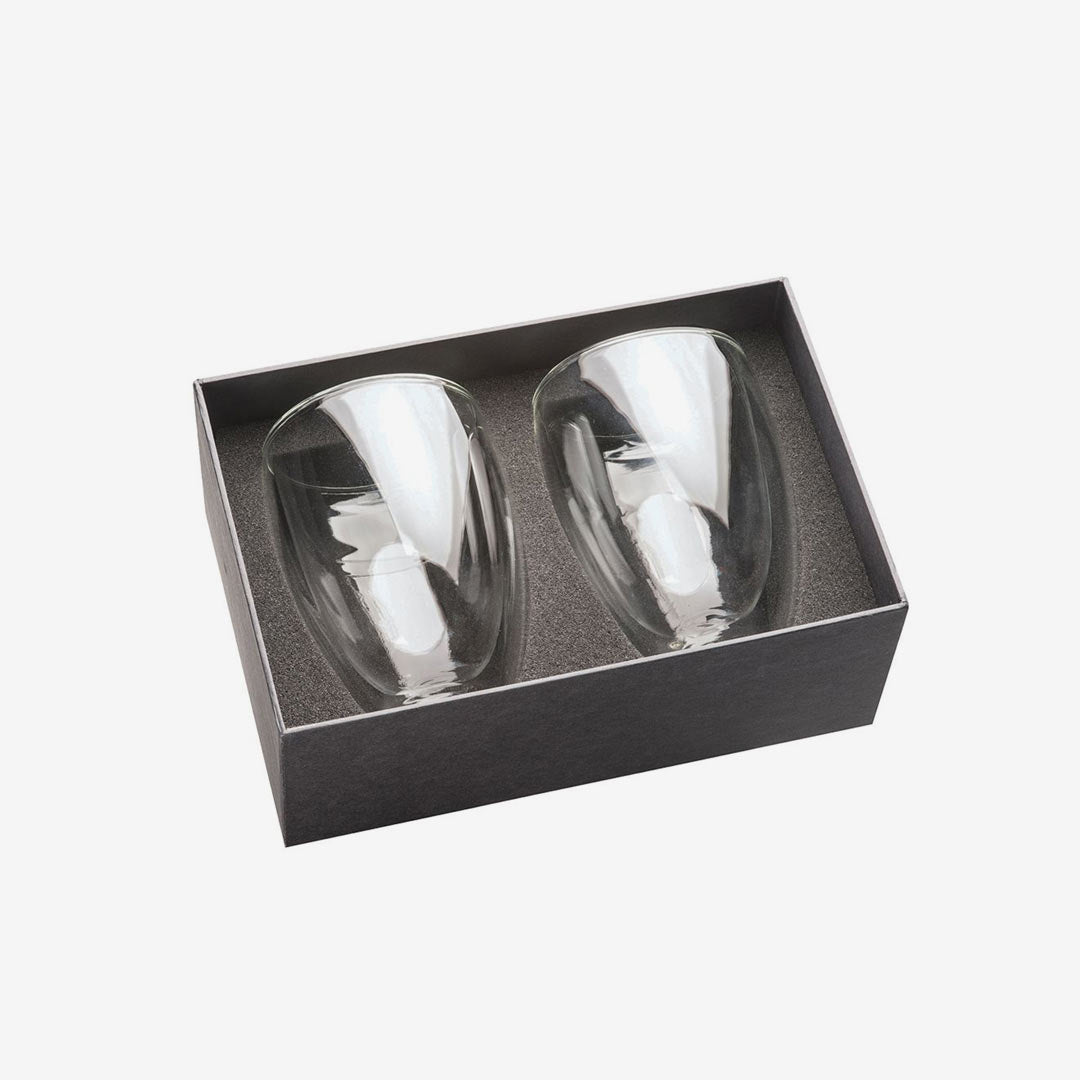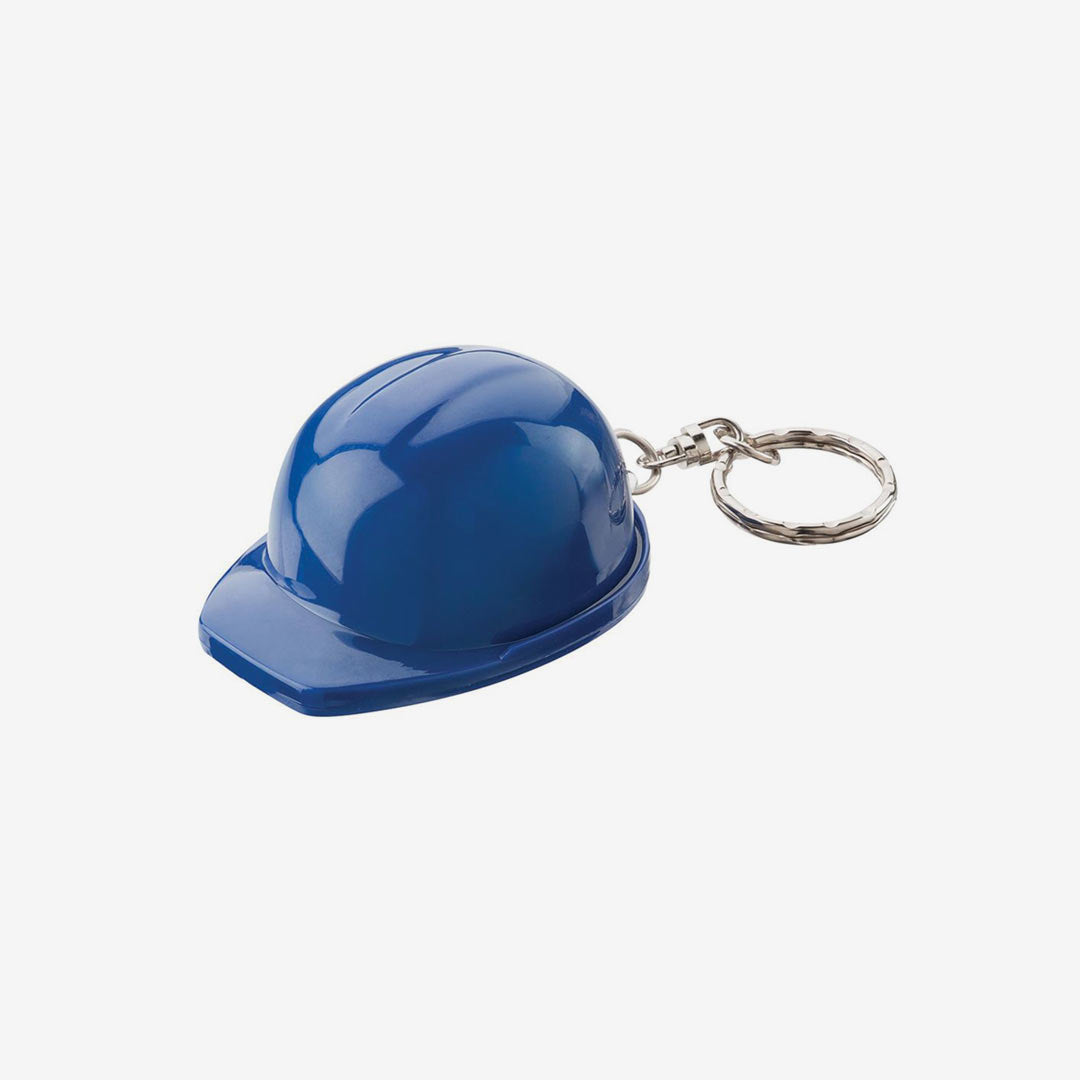Print Perfect: The Future of Custom Electronics
The Future of Custom Printed Electronics
Custom printed electronics are revolutionising technology with their flexibility, innovation, and cost-effectiveness. These cutting-edge solutions allow electronic circuits to be printed on flexible materials, opening new possibilities for industries ranging from healthcare to automotive. Here’s a quick glimpse of why custom printed electronics are gaining attention:
- Flexible and adaptable: Conform to various shapes and surfaces.
- Innovative designs: Pave the way for sleek, lightweight devices.
- Cost-efficient production: Enables high-volume manufacturing.
Imagine the potential of having paper-thin sensors seamlessly integrated into your everyday devices or wearables that monitor health in real-time without cumbersome equipment. The possibilities are endless.
As a serial entrepreneur and the co-founder of Mercha, I've experienced the transformative impact of custom printed electronics firsthand. My journey has equipped me with a deep understanding of the complexities and innovations in this exciting field. Join me as we explore how these advancements might redefine your approach to technology, bridging seamlessly into the expansive capabilities these innovations offer.

Understanding Custom Printed Electronics
Benefits of Custom Printed Electronics
Custom printed electronics offer a range of compelling benefits that are reshaping how we think about electronic design and manufacturing. This technology uses flexible circuits and an additive process, allowing for complex designs that were previously unimaginable.
Flexibility and Versatility
One of the standout features of custom printed electronics is their flexibility. Unlike traditional rigid circuit boards, these flexible circuits can conform to various shapes and surfaces. This flexibility is crucial for applications like wearable devices or automotive components, where space and form factor are significant considerations. Imagine a smartwatch with a display that wraps around your wrist or a car dashboard with integrated touch controls seamlessly blended into the design.
Cost-Effectiveness
The additive process used in custom printed electronics is not only innovative but also cost-effective. By adding layers of conductive materials precisely where needed, manufacturers can reduce waste and material costs. This method contrasts with traditional subtractive manufacturing, where excess material is often removed and wasted. The result is a more sustainable production process that aligns with modern eco-friendly practices.

High Volume Production
Another significant advantage is the potential for high-volume production. Custom printed electronics can be produced quickly and efficiently, thanks to roll-to-roll manufacturing techniques. This capability allows companies to scale up production without compromising quality or increasing costs substantially. It's a game-changer for industries that require large quantities of electronic components, such as consumer electronics or medical devices.
Complex Design Capabilities
Custom printed electronics also enable the creation of complex designs that were once out of reach with traditional methods. Multi-layer printing allows for intricate circuits and components to be built into compact spaces, opening up new possibilities for product innovation. For instance, electronic skin patches that monitor health metrics or smart labels that track product information in real-time are now feasible due to these advancements.
In summary, the benefits of custom printed electronics are clear: they offer flexibility, cost savings, and the ability to produce complex designs at scale. These advantages are driving a new wave of innovation across various industries, making it an exciting time to explore the potential of this technology.
Applications of Custom Printed Electronics
Custom printed electronics are revolutionising various industries by introducing innovative applications that were once considered futuristic. Let's explore two of the most exciting applications: flexible printed sensors and smart labels.
Flexible Printed Sensors
Flexible printed sensors are at the forefront of the next generation of electronics. These sensors are crafted on bendable materials, making them perfect for applications where flexibility is key. Imagine a sensor that can be integrated into clothing or a wearable health monitor that adapts to the contours of your skin.
These sensors are not just about flexibility; they also offer hybrid electronics capabilities. This means they can combine different technologies, like capacitive touch and pressure sensing, to provide more comprehensive data collection. For instance, in the medical field, electronic skin patches equipped with these sensors can continuously monitor vital signs and transmit data wirelessly to healthcare providers, enabling real-time health monitoring.
Smart Labels and RFID
Smart labels, often equipped with RFID (Radio-Frequency Identification) technology, are changing how we manage and interact with products. These connected smart labels can store and transmit data wirelessly, making them invaluable for industries like retail, logistics, and healthcare.
Imagine a supermarket where smart labels on products automatically update prices or a logistics company that tracks packages in real-time through RFID-enabled labels. These labels provide seamless wireless data transmission, improving efficiency and accuracy in inventory management.
Moreover, the integration of smart labels with IoT (Internet of Things) systems can create a network of interconnected devices, offering insights and analytics that were previously inaccessible. For instance, in the medical industry, smart labels can help track medication usage, ensuring patients adhere to their prescribed regimens.
In summary, custom printed electronics are paving the way for innovative applications like flexible printed sensors and smart labels. These advancements are not just enhancing existing technologies but are also creating new opportunities for innovation across various sectors.
Innovations in Custom Printed Electronics
3D-Printed Electronics
In the field of custom printed electronics, 3D printing has emerged as a game-changer. This additive manufacturing process allows for the creation of complex, three-dimensional electronic components that can be customised to specific needs. One of the most promising applications is in the development of 3D-printed MEMS (Micro-Electro-Mechanical Systems). These tiny devices can perform a range of functions, from sensing environmental changes to actuating mechanical processes, all while being integrated into flexible circuits.
Another exciting innovation is the flexible OLED display. These displays are not only thin and lightweight but also offer vibrant colours and high contrast. The flexibility of OLED technology means it can be used in a variety of applications, from foldable smartphones to wearable gadgets. By using 3D printing, manufacturers can produce these displays more efficiently, reducing waste and costs.
Recyclable Printed Electronics
Sustainability is becoming increasingly important in electronics manufacturing, and recyclable printed electronics are at the forefront of this movement. By using carbon-based inks and other sustainable materials, manufacturers can create electronic components that are not only high-performing but also environmentally friendly.
These carbon-based inks are ideal for creating conductive paths on flexible substrates, enabling the production of recyclable circuits. The use of sustainable materials extends beyond just the inks; substrates like PET and TPU can also be chosen for their recyclability and minimal environmental impact.
This shift towards recyclable electronics is not just about reducing waste. It also opens new possibilities for the lifecycle of electronic products. Imagine a future where electronic devices can be easily disassembled, with their components recycled and reused, significantly reducing the environmental footprint of technology.
In conclusion, the innovations in custom printed electronics—from 3D-printed components to recyclable materials—are setting the stage for a more flexible, efficient, and sustainable future in electronics manufacturing.
Customisation and Manufacturing Process
Customisable Components
In custom printed electronics, customisation is king. By using conductive inks, manufacturers can create a variety of electronic components custom to specific needs. These inks are the backbone of many customisable components, offering excellent conductivity and flexibility.
Capacitive Touch Circuits: These circuits are integral to modern touch interfaces, from smartphones to interactive kiosks. By printing them on thin polymer films, manufacturers can produce touch-sensitive surfaces that are both lightweight and durable. This technology is particularly useful in Human-Machine Interface (HMI) applications.
Printed Antennas: With the rise of connected devices, printed antennas have become essential. They can be seamlessly integrated into products, enabling wireless communication like NFC and RFID. This improves the product's features without adding bulk.
Printed Heaters: Using Positive Temperature Coefficient (PTC) technology, printed heaters offer a safe and reliable heating solution. These customisable heaters are designed to fit specific shapes and sizes, making them ideal for applications in construction and building design where space is limited.
Manufacturing Techniques
The manufacturing process of custom printed electronics involves several advanced techniques that ensure precision and efficiency.
Roll-to-Roll Printing: This technique is perfect for high-volume production. It allows for continuous printing on a roll of material, making it highly efficient and cost-effective. Roll-to-roll printing is particularly useful for producing large quantities of flexible circuits and sensors.
Multi-Layer Printing: By layering different materials, manufacturers can create complex electronic components with multiple functionalities. This technique is essential for producing components like capacitive touch circuits and multi-layered printed antennas.
Screen-Thru-Vias: This process involves creating vias (tiny holes) in the printed layers, allowing for electrical connections between different layers of a circuit. It improves the connectivity and functionality of the printed electronics without compromising on flexibility.
Laminating and Die-Cutting: These processes are used to add protective layers and cut the printed components into specific shapes. Laminating provides durability and resistance to environmental factors, while die-cutting ensures that the components fit perfectly into their designated spaces.
By mastering these manufacturing techniques, companies can produce customisable components that meet the unique demands of various industries, from medical to automotive. This not only improves the functionality of the products but also opens up new possibilities for design and innovation.
Frequently Asked Questions about Custom Printed Electronics
What are the main uses of custom printed electronics?
Custom printed electronics have revolutionised the way we think about electronic components. They are found in a wide range of applications, each benefiting from their unique properties.
Flexible Sensors: These sensors are a game-changer in industries like healthcare and wearable tech. Made from ultra-thin, bendable materials, they can be placed directly on the skin or woven into clothing. They are ideal for monitoring vital signs or physical activity.
Smart Labels: Connected smart labels, equipped with RFID or NFC technology, are essential in retail and logistics. They enable wireless data transmission, allowing for real-time tracking and inventory management.
Electronic Skin Patches: These patches adhere to the skin to monitor health metrics. They combine printed electronics with biocompatible materials, offering a non-invasive method to track health indicators.
How are custom printed electronics manufactured?
The manufacturing of custom printed electronics involves several advanced techniques that ensure high-quality and efficient production.
Conductive Inks: The backbone of printed electronics, conductive inks are used to create circuits on various substrates. These inks are available in different compositions, such as silver and carbon/graphite, to meet specific conductivity and flexibility requirements.
Roll-to-Roll Printing: This technique is perfect for mass production. It involves printing on a continuous roll of material, which is then cut to size. It's efficient and cost-effective, making it ideal for large-scale production of flexible sensors and smart labels.
Multi-Layer Printing: By stacking layers of printed materials, manufacturers can create complex circuits with multiple functionalities. This method is crucial for developing advanced electronic components like capacitive touch circuits and multi-functional smart labels.
What materials are used in custom printed electronics?
The choice of materials in custom printed electronics is critical to achieving desired performance and durability.
Silver Inks: Known for their excellent conductivity, silver inks are commonly used in printed circuits where high electrical performance is required.
Carbon/Graphite Inks: These inks offer a cost-effective alternative with good conductivity and flexibility. They are often used in applications where durability is crucial, such as wearable sensors.
PET Substrates: Polyethylene terephthalate (PET) is a popular substrate due to its transparency, flexibility, and durability. It's commonly used in applications like touch screens and flexible displays.
By leveraging these materials and techniques, custom printed electronics continue to push the boundaries of what's possible, offering innovative solutions across various industries.
Swag that Does Good for the Planet
As we look to the future, Mercha is at the forefront of innovation in custom printed electronics.
Our commitment to providing high-quality, customisable solutions is paving the way for new possibilities in electronics. From flexible sensors that seamlessly integrate into wearable tech to smart labels that revolutionise inventory management, the potential applications are vast and exciting.
Innovation is at the heart of our philosophy. By embracing advanced manufacturing techniques like roll-to-roll printing and multi-layer printing, we ensure that our products are not only cutting-edge but also cost-efficient. This allows us to cater to high-volume production demands without compromising on quality.
The future of electronics is undeniably intertwined with sustainability and adaptability. As we continue to explore new materials and processes, the goal is to make electronics more eco-friendly and recyclable. Our use of carbon-based inks and sustainable substrates reflects this commitment, aligning with the growing demand for greener technology solutions.
At Mercha, we make it easy for businesses to order and customise electronics online. Our platform simplifies the process into just three steps, ensuring a fast turnaround time without sacrificing quality. With a focus on sustainability, innovation, and customer satisfaction, we are excited to lead the charge into the future of electronics.
Explore more about how Mercha can help you create unique business accessories here.































































































